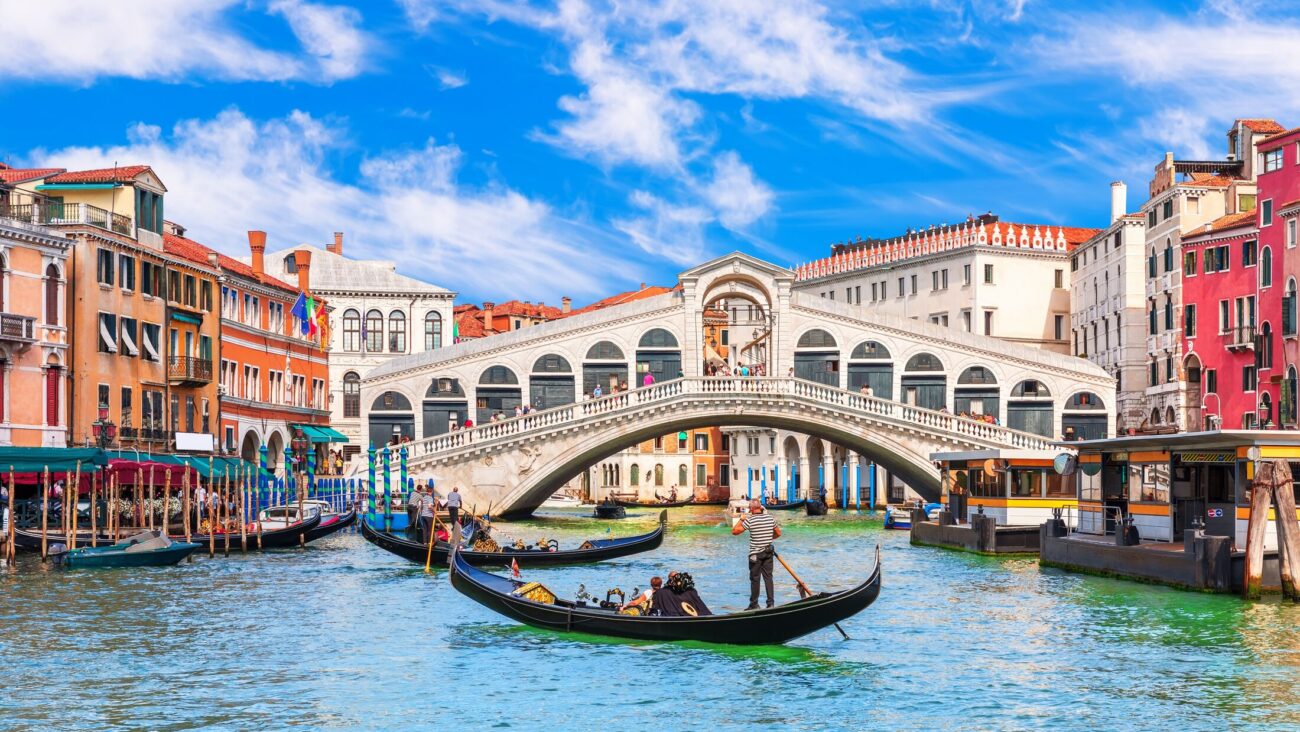Italy, which is in southern Europe and stretches into the Mediterranean Sea, is one of the most well-known countries in the world for its extensive artistic and cultural history. Known as the cradle of Western civilization, Italy has been home to influential empires, movements, and figures that have shaped the world. From the Roman Empire and the Renaissance to contemporary design and cuisine, Italy’s impact spans millennia. Its geography is as diverse as its history, with dramatic coastlines, rolling hills, alpine mountains, and fertile plains. Whether one is captivat by ancient ruins, stunning art, or the rhythms of daily life, Italy offers a vibrant mosaic of experiences.
Geography and Climate.
Italy’s geography is define by its boot-shaped peninsula and the two large islands of Sicily and Sardinia. The country has a diverse landscape that runs from the Alps in the north to the Mediterranean Sea in the south. Mountains and lakes like Lake Como and Lake Garda dominate northern Italy, while Tuscany’s rolling hills and the fertile Po Valley plains make up central Italy. Southern Italy and the islands offer rugged coastlines, volcanic activity, and sun-soaked beaches. Two of Europe’s most famous volcanoes, Mount Vesuvius near Naples and Mount Etna in Sicily, are still active today.
The climate varies greatly from place to place. The north experiences cold winters and hot, humid summers, typical of a continental climate. The Mediterranean climate in Central Italy is milder, with warm summers and cool, wet winters. In the south, the weather is hotter and drier, with long summers and brief, mild winters. This climatic diversity contributes to the richness of Italy’s agriculture and regional culinary traditions, allowing for the production of an astonishing variety of fruits, vegetables, wines, and olive oils.
Ancient Roots and the Roman Empire.
Italy’s historical significance begins with the ancient civilizations that once thrived on its land. Italy culture was found by Etruscan, Greek, and eventually Romans. One of the most powerful empires in the history of the world was the Roman Empire, which was found in Rome. It covered a lot of Europe, North Africa, and the Middle East when it was at its height, spreading Roman law, language, architecture, and governance across a lot of land.
Rome itself came to symbolize the power of the empire. The ingenuity and ambition of Roman society and engineer can still be seen in structure like the Pantheon, the Roman Forum, and the Colosseum. The Romance languages, including Italian, evolved from Latin, the Romans’ language. The Middle Ages began with the fall of the Western Roman Empire in 476 AD, but Rome’s legacy persisted for centuries in European culture and institutions.
The Renaissance and the Rebirth of Culture.
Italy’s Renaissance, which began in the 14th century, was a time of extraordinary intellectual and cultural progress. Learning, creativity, and innovation were centere in cities like Milan, Venice, and Florence. Inspired by the classical world, artists, architects, and thinkers sought to rediscover human potential and beauty. Florence, under the patronage of the Medici family, was at the heart of this movement and nurtured figures like Leonardo da Vinci, Michelangelo, and Botticelli.
Architecture and art.
Italy has made significant and extensive contributions to the arts. During the Renaissance, Italian artists redefined artistic expression, merging classical techniques with innovative ideas about perspective, anatomy, and emotion. Michelangelo’s David, Leonardo da Vinci’s The Last Supper, and Botticelli’s The Birth of Venus remain central masterpieces in the Western artistic canon.
Architecture in Italy is equally rich, encompassing Roman engineering marvels, Gothic cathedrals, Renaissance palaces, and modernist structures. The Temple of St. Peter’s Basilica, the Leaning Tower of Pisa, and the canals of Venice are just a few of the landmarks that continue to captivate millions of visitors. Additionally, Italy has more UNESCO World Heritage Sites than any other nation.
Fashion and Design
Italy stands at the forefront of global fashion and design. Haute couture and luxury brand hubs include Milan and Florence. Giorgio Armani, Versace, Dolce & Gabbana, and Valentino are just a few of the well-known Italian fashion designers. Milan Fashion Week is a key event on the international fashion calendar, attracting designers, celebrities, and buyers from around the globe.
Beyond fashion, Italian design is also celebrate in furniture, automotive design, and architecture. Companies like Ferrari, Lamborghini, and Maserati exemplify Italy’s flair for aesthetic excellence combined with engineering prowess. Italian style is characterize by a keen appreciation for beauty in all things, craftsmanship, and attention to detail.
International Relations and Politics
With a president serving as head of state and a prime minister serving as head of government, Italy is a parliamentary republic. Its political landscape is dynamic and often fragmented, with frequent changes in government coalitions. Italy is a significant player on the European and global stage despite these difficulties.
As a founding member of the European Union and NATO, Italy is deeply involve in international diplomacy. It actively participates in peacekeeping missions, climate initiatives, and trade agreements and maintains strong ties with neighboring nations. The country also serves as a bridge between Europe and the Mediterranean, both geographically and culturally.
Conclusion
In Italy, tradition and progress, history and innovation, coexist in a delicate but compelling balance. From its ancient ruins to its modern cities, from the masterpieces of the Renaissance. To the quiet beauty of rural life, Italy offers a mosaic of experiences that resonate with depth and elegance. It is not merely a place to visit, but a country to savor, study, and remember—a timeless land that continues to inspire and enchant the world.
